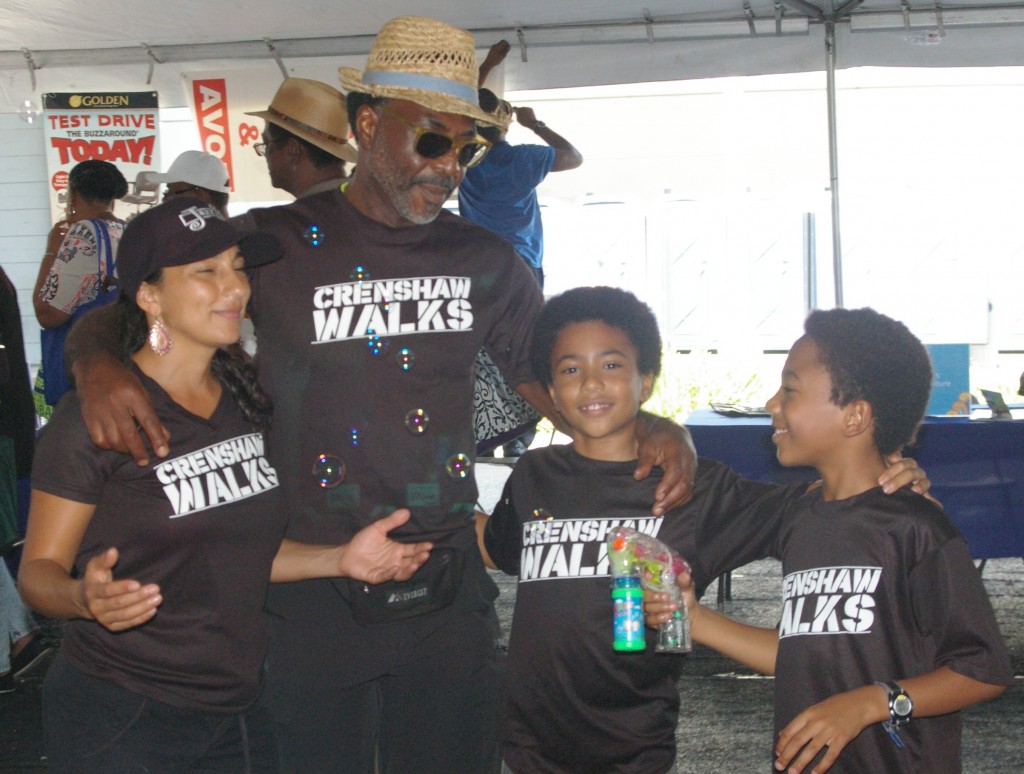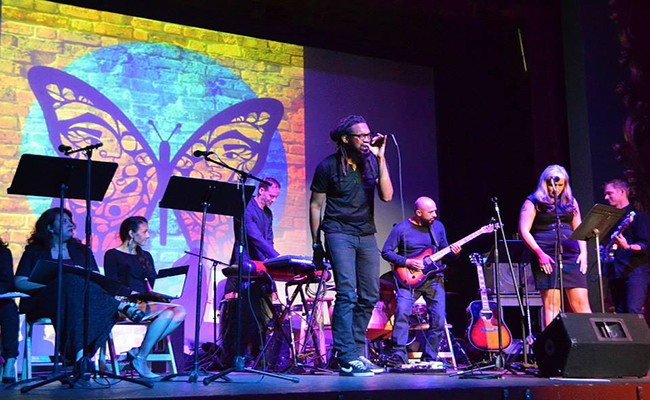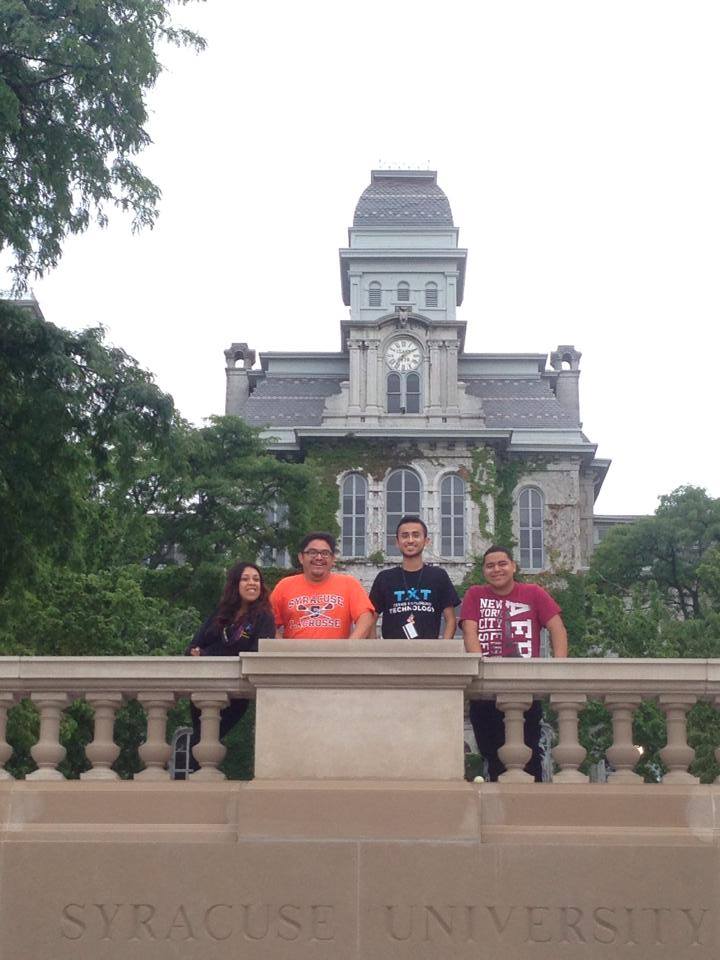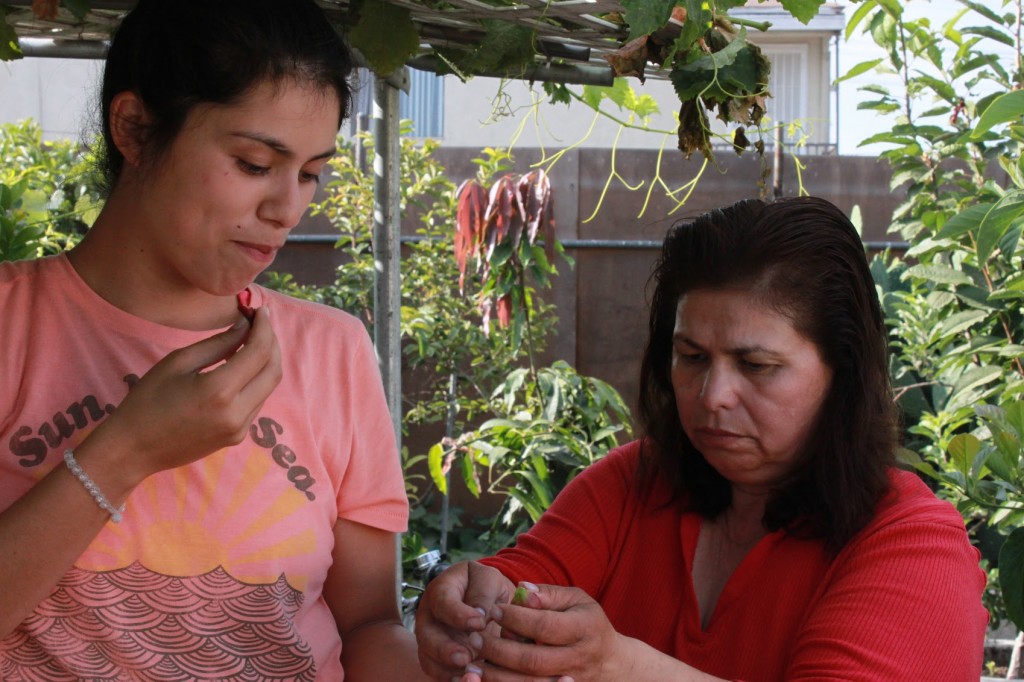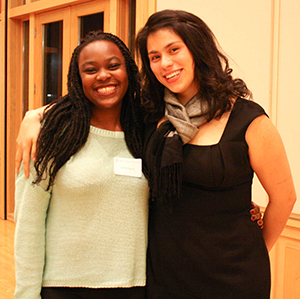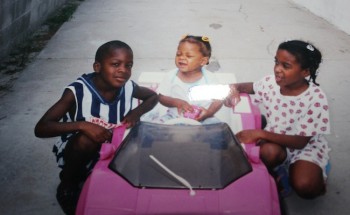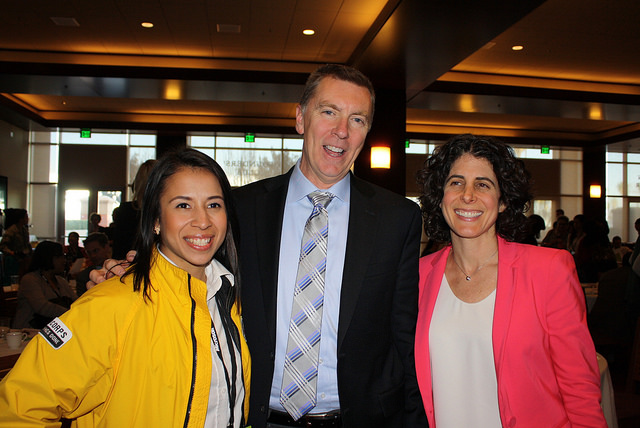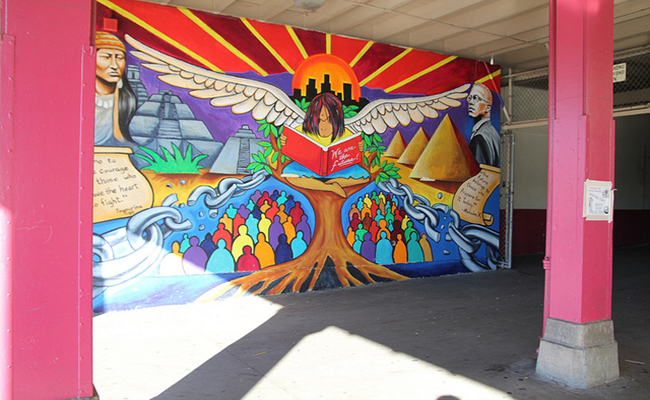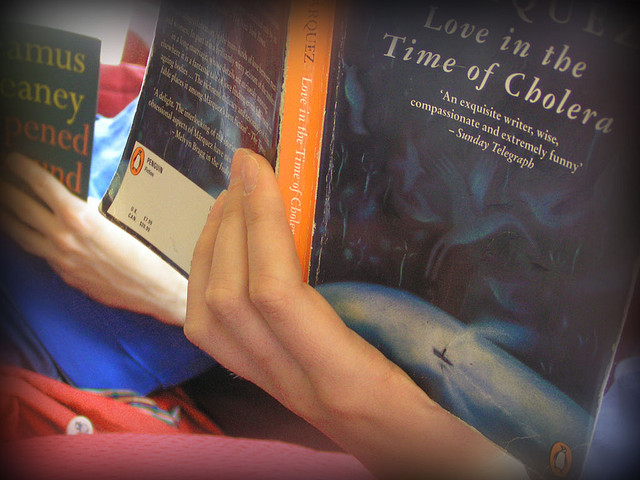By Randal Henry and Manal Aboelata-Henry
As parents guide their kids to school on foot, the family experiences the joys of living in a walkable neighborhood. They soon launch Crenshaw Walks to encourage others to join.
It’s 7:20 AM on a brisk, sunny Monday in South L.A. Brothers Taj and Sadiq check the ‘‘velcro’’ on their hushpuppies and take one last look to make sure lunch pails and homework folders are tucked into their backpacks. Check. Off they go to the nearest Metro Station, about a 12 minute walk. Many people walk in our neighborhood, so most days, Taj and Sadiq say hello to other Crenshaw Manor walkers or talk to their parents along the way.
If the car traffic on Coliseum St. isn’t too heavy and the lights at Crenshaw and Rodeo are just right, they’ll stroll up the platform just in time for the 7:40 train. They might even have an extra moment to find a penny someone’s left behind at the TAP machine. Some days they get stuck waiting for a lull in the steady stream of cars at an unmarked crosswalk at Coliseum or the light at Crenshaw won’t turn until they’ve seen the eastbound train bolt through the intersection. In that case, they wait for the 7:52 train. But, either way, the 7 minute train ride will get them to school well in time for their 8:05 bell. [Read more…]









